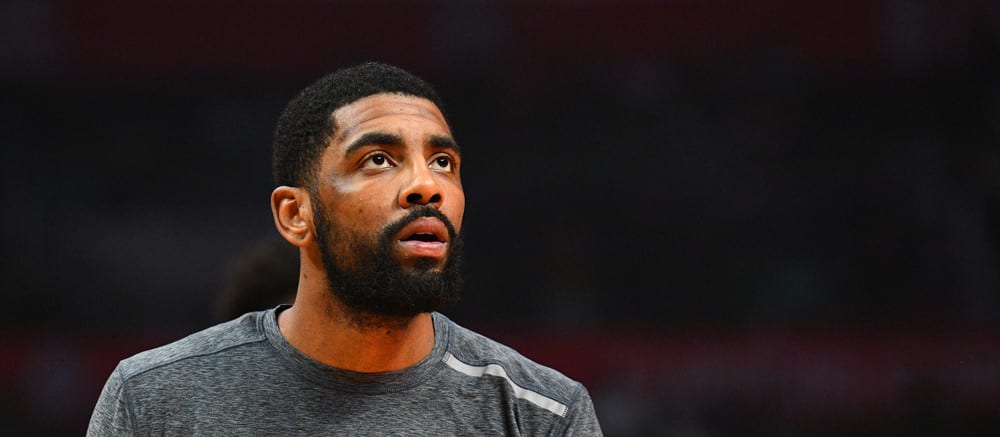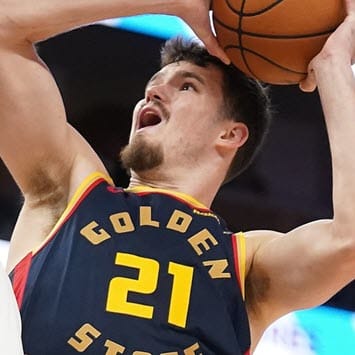RotoWire's Jeff Stotts keys in on the injuries to monitor as Week 11 progresses.
 Marvin Bagley III, Kings
Marvin Bagley III, Kings
The big man has spent a majority of the season on the injured list. He suffered a broken thumb on opening night and did not play for the next 22 games. Now a sprained left foot has Bagley in street clothes. Bagley's injury is a mid-foot sprain, a unique injury that can proven limiting for basketball players.
The foot is a complex unit made up of over 20 individual bones and 33 different joints. At its name implies, the mid-foot in the middle of the foot at the apex of the arch. Here the five long bones of the foot, known as the metatarsals, align with the cuboid bone and the three cuneiform bones. The articulation between these bones make up the five tarsometatarsal joints of the foot that provide more stability than actual mobility. Multiple ligaments, including the strong Lisfranc ligament, fortify the area. When an injury occurs to one of these ligaments, it is known as a mid-foot sprain.
A sprain to the mid-foot can comprise the integrity of the entire foot and often requires the affected individual to be non-weight bearing for a prolonged period of time to minimize the amount of stress on the involved area. The Kings have not committed to a concrete timeline for his expected return but I suspect he misses another week or two recovering. In the meantime, Nemanja Bjelica will continue to see an increase in playing time and has emerged as a serviceable fantasy option.
 Kyrie Irving, Nets
Kyrie Irving, Nets
Irving continues to sit with a right shoulder injury, though the source of the problem is suddenly in doubt. Irving's diagnosis continues to be listed as a shoulder impingement. While I have previously examined the issue, here's a quick refresher. The tendons of the rotator cuff surround the head of the humerus in a tightly compacted space. If these structures become inflamed or irritated, the limited space further narrows and the tendons can become impinged or pinched.
However, a report recently surfaced that suggested Irving's injury isn't impingement but instead linked to a condition known as thoracic bursitis.
The various joints of the human body are equipped with fluid-filled sacs known as bursa. These bursa act similarly to ball bearings, reducing friction in joints, predominantly between bone and muscle. Unfortunately, the bursa can become inflamed with chronic overuse or trauma. Bursitis is often marked by pain and functional limitation.
Thoracic bursitis, sometimes known as snapping scapula syndrome, involves the bursa sac that sits between the shoulder blade (the scapula) and the rib cage. Once the bursa is inflamed, the shoulder blade is unable to move smoothly along the chest wall, resulting in pain and a grinding sensation. If left untreated, the problem can result in shoulder instability and other long-term problems.
The Nets refuted the report of thoracic bursitis but continue to take a conservative approach with Irving's care. He remains sidelined indefinitely and is quickly becoming a fantasy liability. He remains too talented to send to the waiver wire, forcing fantasy owners into a holding pattern.
 Victor Oladipo, Pacers
Victor Oladipo, Pacers
Despite impressing viewers of the Masked Singer as the vocally talented Thingamajig, the Pacers' guard has yet to return to the basketball court following a torn quadriceps tendon his right knee. The injury occurred in late January of 2019, when Oladipo awkwardly hit the floor.
The four muscles of the quadriceps muscle group are connected to the lower leg by a common tendon. The portion of the tendon above the kneecap is referred to as the quadriceps tendon while the inferior portion that connects the muscle to the tibia is known as the patellar tendon. Oladipo's injury involved the tendon above the kneecap and ultimately required surgery to mend.
Tendon tears at the knee are relatively uncommon though most failures involve the patellar tendon. Quadriceps tendon tears have occurred less frequently though there have been multiple noteworthy cases in the NBA. Blake Griffin, Carmelo Anthony, and Malcolm Brogdon have all previously sustained quadriceps tendon injuries though each of their tears were incomplete or partial tears. However, retired point guard Tony Parker suffered a torn quadriceps tendon during the 2017 playoffs and missed almost seven months recuperating. Oladipo's recovery has already surpassed Parker's as he nears the one-year anniversary of his injury.
The prolonged process is likely a proactive approach to care, implemented by the highly-respected Pacers medical staff. As a result, Oladipo should return to the court as healthy as possible with the risk of re-injury significantly mitigated. Oladipo recently began an injury rehab assignment with the Fort Wayne Mad Ants of the G-League and could be back with the Pacers by the end of the month. Look for him to return with an injury management plan in place that will likely include a minutes restriction and routine days off. Look for the his overall fantasy value to remain limited by the approach though he could prove valuable by season's end.
Fast Breaks
Giannis Antetokounmpo: The reigning MVP has appeared on the injury report multiple times since the start of December with lingering soreness in his back. He missed a pair of games after Christmas though the root of the problem has not been revealed. The injury does sound muscular in nature though the team has downplayed the severity of the injury. However, back injuries can be easily aggravated and it wouldn't be surprising to see Giannis sit out a few more games in the near future.
James Harden: The MVP candidate missed a recent showdown with the Pelicans due to a sprain of the big toe on his right foot. While he was back in action just two days later, toe injuries can linger. Keep a close eye on Harden's availability over the next few games to see if the injury was an isolated incident or a potentially recurring problem.
Justise Winslow: The forward has not played since December 4 with a back injury that was recently determined to be a bone bruise. Bone injuries in the spine can heal smoothly but often require time to fully mend. He remains without a definitive timetable and should likely be waived in most formats.






































